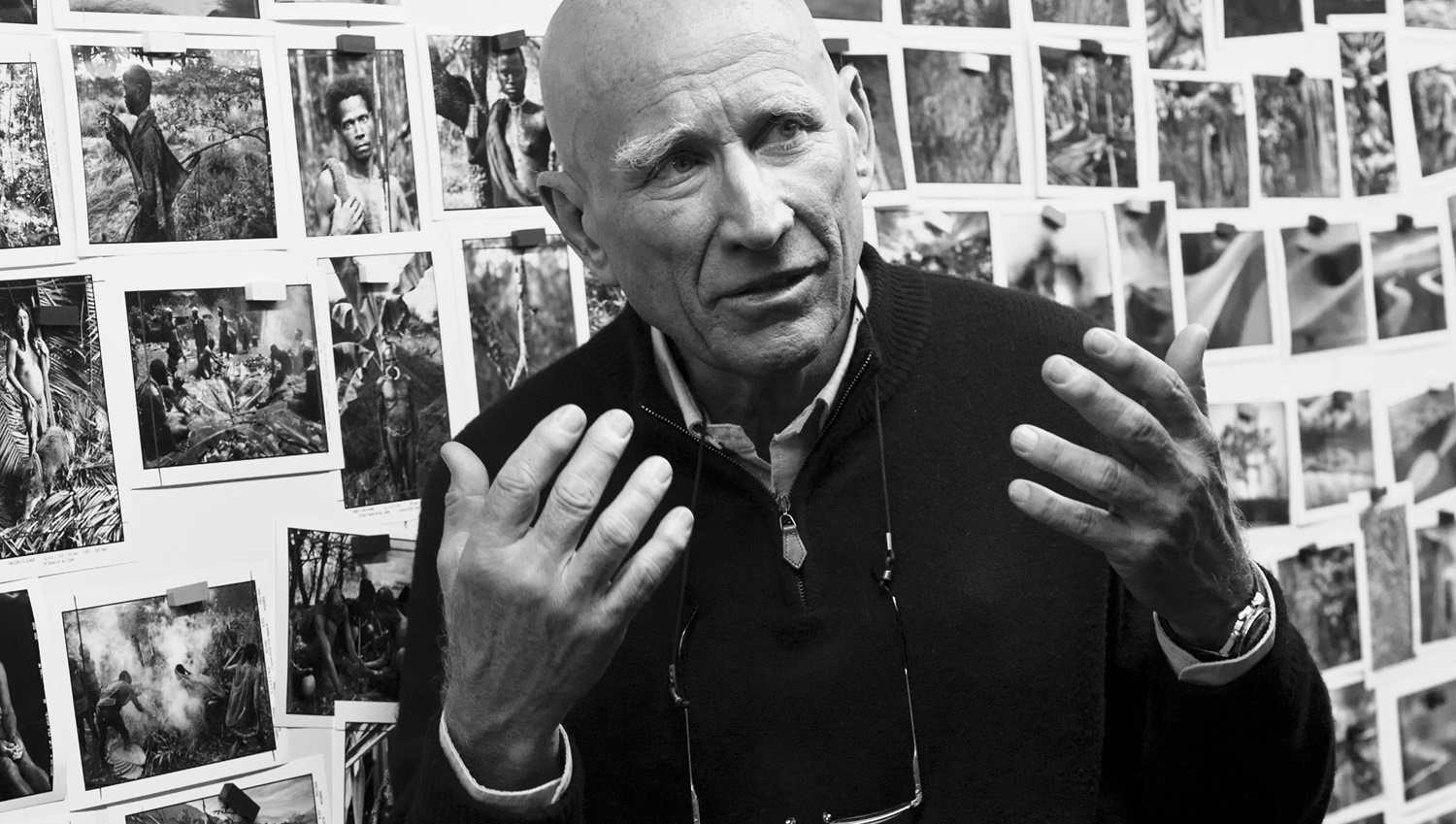
The Salt of the Earth
Dustin Chase
The Salt of the Earth title of this excellent documentary refers to the famed Brazilian photographer, Sabastiao Salgado, who photographed life, death, animals, and nature in over 100 countries from the time he was a young married man and began using his wife’s camera. He is now 71, and they live in Paris where they fled in 1969 after a military coup in Brazil. Although his education was in economics, when he was sent to Africa on assignment and observed the plight of people there, he switched to photography so he could make more people aware of some of the horrors taking place in our world all the time.
The film is divided into sections that reflect to some extent his psychological journey, from seeing the millions of deaths as the result of famine, disease, and political purges to environmental concerns, and how he finally resolved the emotional turmoil, expressing his hope that humanity will rediscover itself in nature. In the 1990’s, Salgado and his wife Lelia restored acres of their land in Brazil that was destroyed by drought into its original state, making it a nature preserve managed by a group they founded, the Instituto Terra, which is dedicated to reforestation, conservation, and increased environmental awareness. The first section of the film is entitled The Other Americas; the other sections mirror the titles of his books: Sahel, Workers, Migrations and Genesis. He sees his work as “a love letter to the planet.”
The artistry makes even more vivid the plight of so much of humanity.
Salgado’s son, Juliano, and the internationally acclaimed filmmaker, Wim Wenders, directed this breathtaking view of the world as seen and experienced by Sabastiao Salgado. The story is told primarily through Salgado’s photographs and his commentary about humanity. At the start, we hear him talking about the lives of workers’ in a Brazilian gold mine, Serra Pelada, and see his wonderfully sculptured pictures of them. His empathy and compassion are immediately apparent as he relates what he saw and felt when he first visited the place.
The film has been criticized for being too “beautiful” in showing the horrors of the world, but I disagree with this. To me, the artistry makes even more vivid the plight of so much of humanity, I was more likely to be suffused with sadness and compassion after seeing the work and hearing the voice of Salgado than I would have been were it more like a newscast.
One aspect of the film that might be considered regretful is that Salgado’s wife Lelia—who has always been a strong force in the family and their projects—could have had more screen time. It would have been enlightening to hear how she managed life at home while her husband was away so much. Toward the end of the film when she is talking about their environmental project in the Amazon, it is clear that she is a bright woman with strong opinions.
Final Thought
Beautiful visual display and humanitarian concerns tell a sad, bleak story, but with rays of hope in the end.
